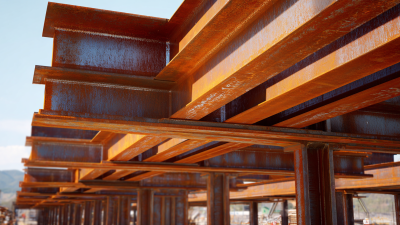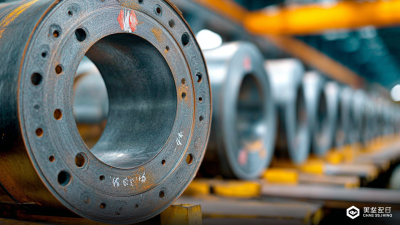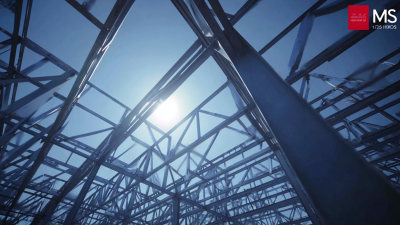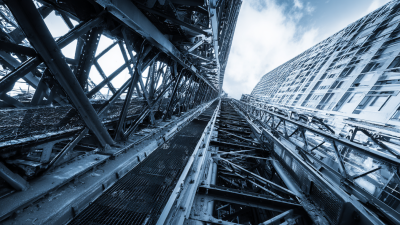
In recent years, the application of steel sections in modern architecture and construction has witnessed a transformative shift, driven by innovative design principles and advancements in material technology. According to a report by the World Steel Association, the global demand for steel is projected to reach 1.8 billion tonnes by 2025, with an increasing emphasis on sustainable building practices.
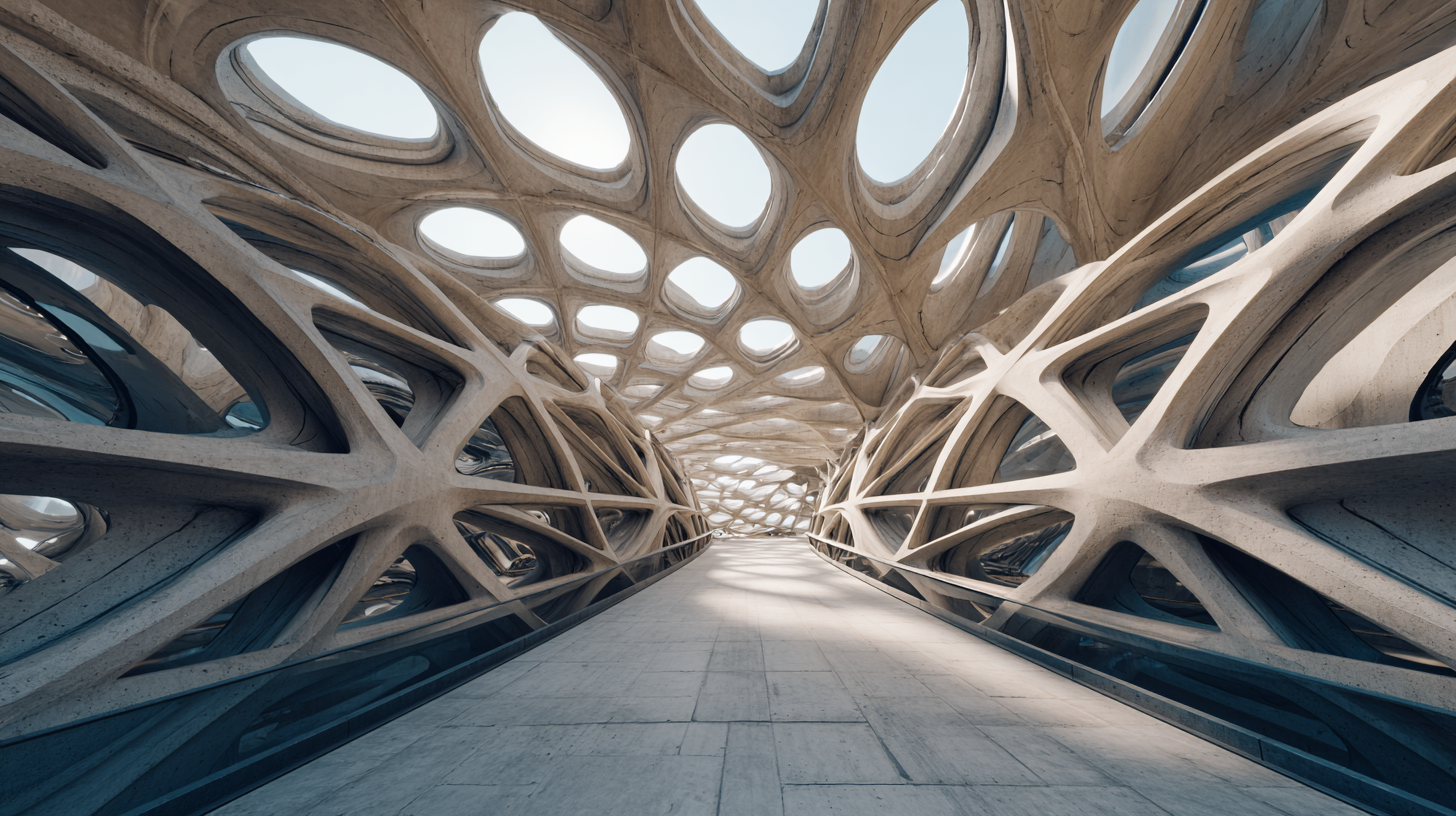
Steel sections, renowned for their strength-to-weight ratio and versatility, are becoming a preferred choice for architects and engineers looking to push the boundaries of structural design. The adaptability of steel sections allows for unique architectural forms and efficient construction processes, contributing to a significant reduction in project timelines and costs.
As we delve into the various innovative uses of steel sections, it becomes essential to explore not only the aesthetic and functional benefits but also the role these materials play in fostering sustainability and resilience in modern built environments.
In the realm of modern architecture, innovative steel section design is revolutionizing aesthetic possibilities, transforming buildings into works of art. Architects are increasingly embracing the fluidity and strength of steel, allowing for less conventional shapes and expansive open spaces. With the capacity to support large spans, steel sections enable unique structural forms, such as floating roofs and cantilevered spaces, which challenge traditional design limits. This approach not only enhances visual appeal but also promotes functionality, creating an engaging environment for occupants.
**Tips:** When selecting steel sections for a project, consider the aesthetic impact alongside structural integrity. Discerning architects often experiment with different finishes, such as weathering steel or powder coating, to enhance visual depth. Additionally, leveraging advanced fabrication techniques can further push the boundaries of steel design, encouraging customization that reflects an architect’s vision.
Utilizing steel sections allows for seamless integration of sustainable design principles. By opting for lighter materials, architects can minimize the carbon footprint of their buildings while still achieving striking visual forms. The adaptability of steel to various environments also means it can be combined with other materials like glass, wood, and concrete to create a harmonious blend that meets modern sustainability criteria without sacrificing elegance.
The integration of steel sections in modern architecture is not only a testament to innovation but also a pivotal approach to sustainable construction. As per the World Steel Association, the steel industry is responsible for approximately 7% of global CO2 emissions, prompting a shift towards eco-friendly solutions. By utilizing high-strength steel sections, architects can significantly reduce material use without compromising structural integrity. This reduction is crucial in minimizing resource consumption and resulting waste, aligning with sustainable construction practices.
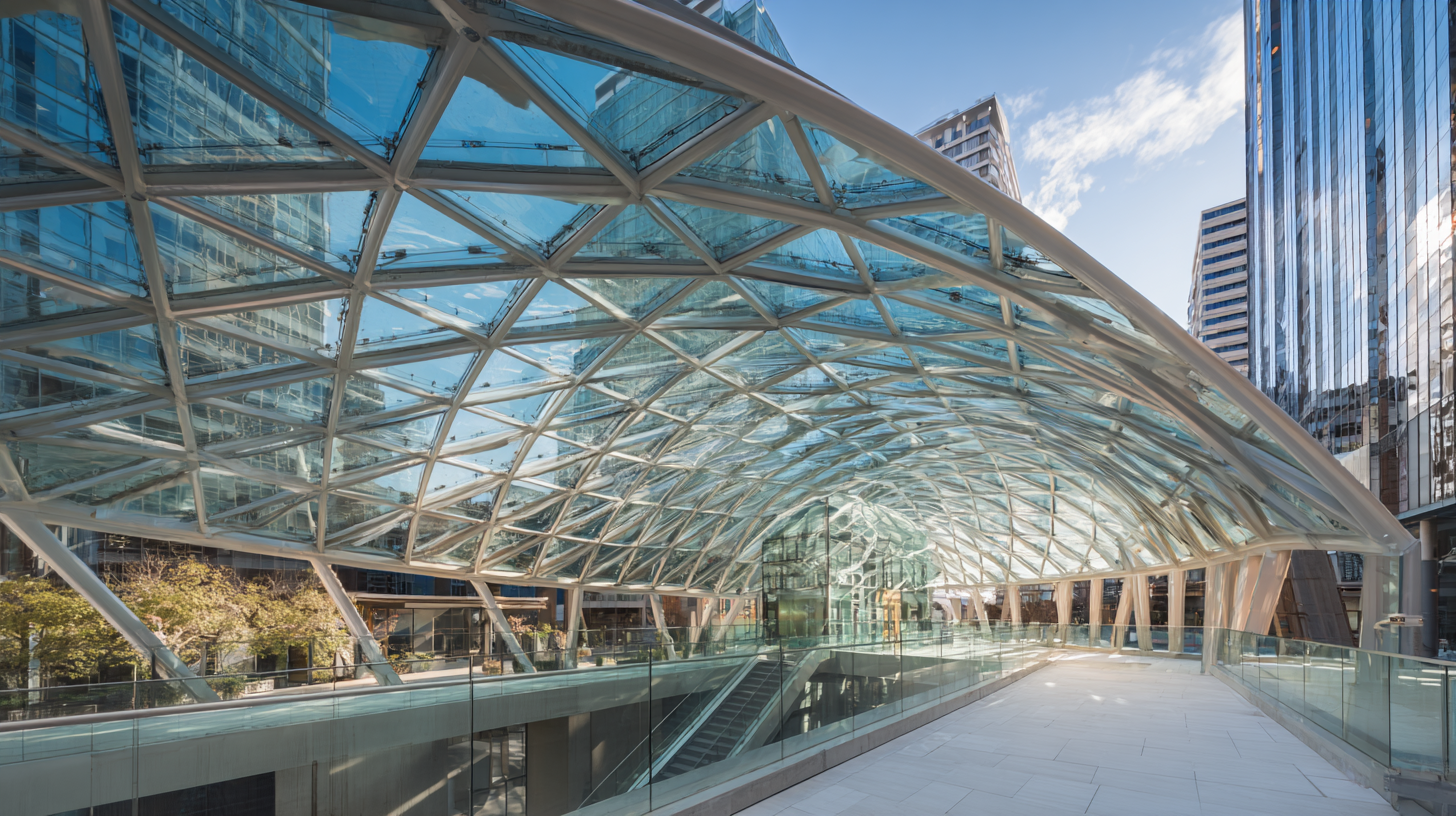 Moreover, the adaptability of steel sections facilitates the design of energy-efficient buildings. According to a report from the International Energy Agency, buildings account for nearly 40% of total energy consumption globally. Incorporating steel frames allows for larger, open spaces that can be designed to harness natural light and improve thermal performance. Techniques such as using recycled steel, which requires 75% less energy than producing new steel, further enhance the sustainability of construction projects, showcasing that the future of eco-friendly buildings can indeed rely heavily on innovative steel solutions.
Moreover, the adaptability of steel sections facilitates the design of energy-efficient buildings. According to a report from the International Energy Agency, buildings account for nearly 40% of total energy consumption globally. Incorporating steel frames allows for larger, open spaces that can be designed to harness natural light and improve thermal performance. Techniques such as using recycled steel, which requires 75% less energy than producing new steel, further enhance the sustainability of construction projects, showcasing that the future of eco-friendly buildings can indeed rely heavily on innovative steel solutions.
In recent years, modular construction has emerged as a groundbreaking approach in the architecture and construction sectors, particularly when integrated with steel sections. According to a report by McKinsey & Company, modular construction can reduce project schedules by up to 50% compared to traditional building methods. This significant efficiency gain is largely due to the prefabrication of steel components in controlled environments, allowing for faster onsite assembly and minimized delays from weather or labor shortages.
Moreover, steel’s inherent strength and flexibility make it an ideal material for modular units. As highlighted in the latest Global Steel Construction Report, the use of steel in modular construction not only enhances structural integrity but also enables designers to create innovative, customizable configurations. This adaptability is crucial in urban environments, where space is at a premium. With the U.S. construction industry projected to reach $1.3 trillion by 2025, the incorporation of modular techniques using steel is expected to play a pivotal role in meeting the growing demand for efficient and sustainable building solutions.
The integration of steel sections in modern architecture significantly bolsters seismic resilience, enhancing structural safety in earthquake-prone regions. According to the American Institute of Steel Construction (AISC), buildings designed with steel framing can provide up to 20% more strength during seismic events compared to those constructed with traditional materials. Steel’s inherent ductility allows for better energy absorption, which is crucial when structures experience dynamic loads during an earthquake. This property helps in preventing catastrophic failures, thus safeguarding both lives and investments.
Recent advancements in steel technology further bolster this approach. Research published by the National Institute of Standards and Technology (NIST) indicates that incorporating high-strength steel sections can reduce the material required for creating robust frameworks, leading to lighter structures that cost less and can be erected more quickly. Moreover, the use of innovative connection systems, such as moment-resisting frames, allows buildings to withstand greater lateral forces, a critical factor during seismic disturbances. By adopting these innovative steel solutions, architects and builders are not only complying with modern safety codes but are also reimagining the resilience of urban environments.
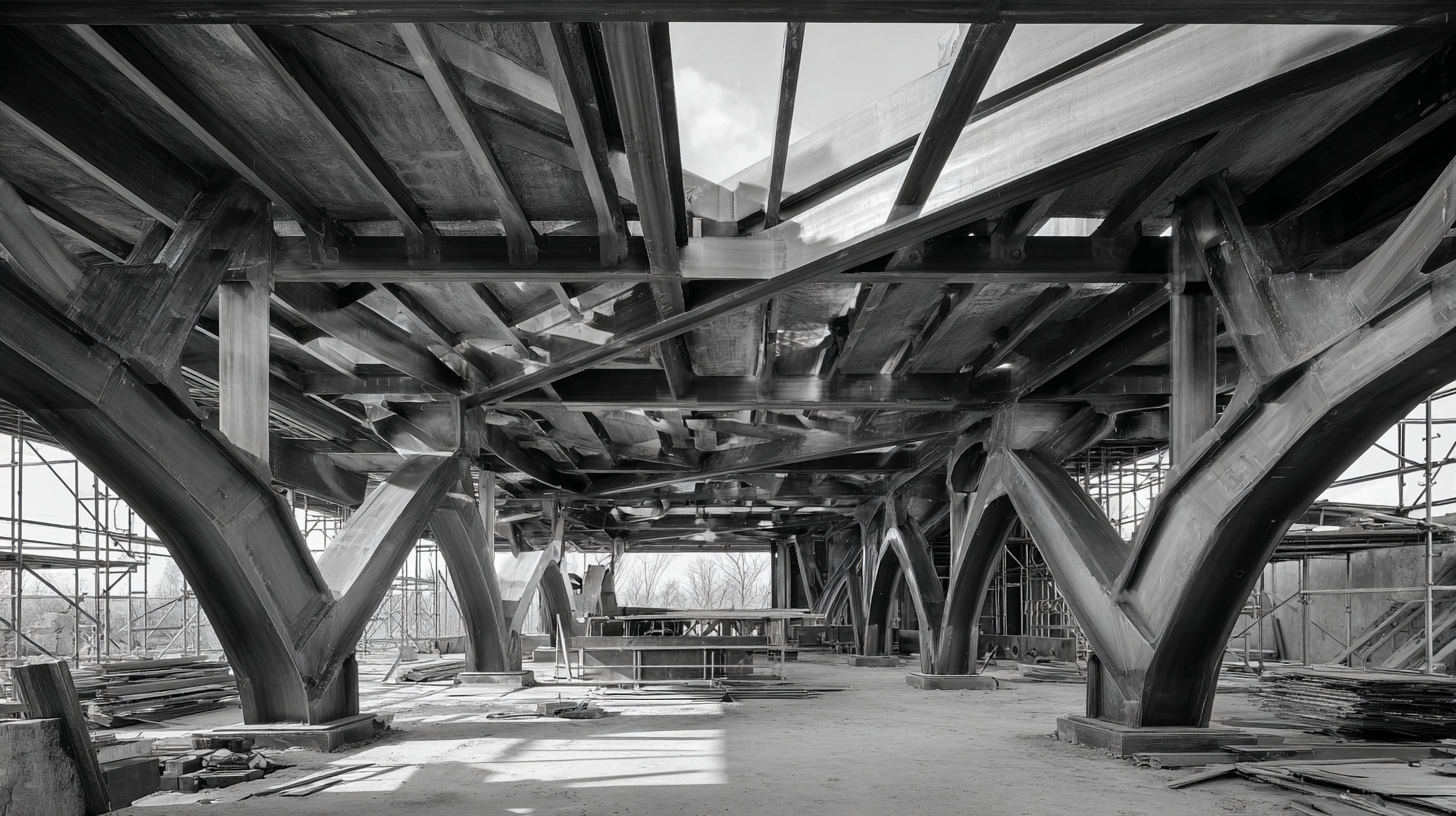 Steel sections have emerged as a transformative element in interior design, blurring the lines between structure and aesthetics. By utilizing various shapes and sizes of steel beams, designers can create open, airy spaces that facilitate fluid movement and interaction. The inherent strength of steel allows for larger spans and fewer load-bearing walls, which not only enhances the functionality of a space but also offers unique opportunities for creative layouts and designs. For instance, using exposed steel frames can add an industrial chic vibe while simultaneously providing structural integrity.
Steel sections have emerged as a transformative element in interior design, blurring the lines between structure and aesthetics. By utilizing various shapes and sizes of steel beams, designers can create open, airy spaces that facilitate fluid movement and interaction. The inherent strength of steel allows for larger spans and fewer load-bearing walls, which not only enhances the functionality of a space but also offers unique opportunities for creative layouts and designs. For instance, using exposed steel frames can add an industrial chic vibe while simultaneously providing structural integrity.
Moreover, the versatility of steel sections extends to charm and style through finishes and treatments. Designers can apply different coatings or textures to the steel, allowing it to complement a variety of interior themes—from minimalist modern to rustic warmth. Integrating steel sections as both functional elements and decorative features fosters a cohesive design language that resonates with contemporary tastes. Whether it’s in custom shelving units, staircases, or partition walls, steel sections are redefining the boundaries of interior design, making spaces not only functional but also visually striking.
